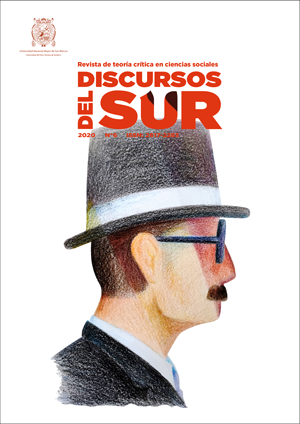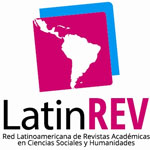The malleable and projective nature of Peruvian caricature during the 1992 coup d’état
DOI:
https://doi.org/10.15381/dds.v0i6.19322Keywords:
Graphic humor, coup d'etat, PeruAbstract
The following article presents the results of the study on the role of graphic humor in Peru in the face of the 1992 coup d'état. We examined a significant number of caricatures from a historical, critical and contextual approach. The idea was continue following the path of Peruvian caricature. The results of the study showed that the caricature ratifies its projective, complex, and malleable condition. It did not play a key role in creating the conditions for the coup but it certainly served to that purpose. It was an excellent vehicle to penetrate the social imaginaries. It achieved its goal by asserting itself in the common sense of Peruvian society, becoming the magma of imaginary representations, from where it would nurture humor with new and old symbolic elements. In the study, we applied a qualitative methodological approach. The analysis followed the symbolic interactionism perspective.
Downloads
Published
Issue
Section
License
Copyright (c) 2020 Carlos Infante Yupanqui, Rafael Giovanny Jorge León

This work is licensed under a Creative Commons Attribution-NonCommercial-ShareAlike 4.0 International License.
THE AUTHORS RETAIN THEIR RIGHTS:
(a) The authors retain their trademark and patent rights, and also on any process or procedure described in the article.
(b) The authors retain the right to share, copy, distribute, execute and publicly communicate the article published in Discursos Del Sur (in example, depositing the article in an institutional repository or publish it in a book), with recognition of its initial publication in the Discursos Del Sur.
(c) The authors retain the right to make a later publication of their work, to use the article or any part of it (for example: a compilation of their works, notes for conferences, thesis, or for a book), provided that they indicate the source of publication (authors of the work, magazine, volume, number and date).




















